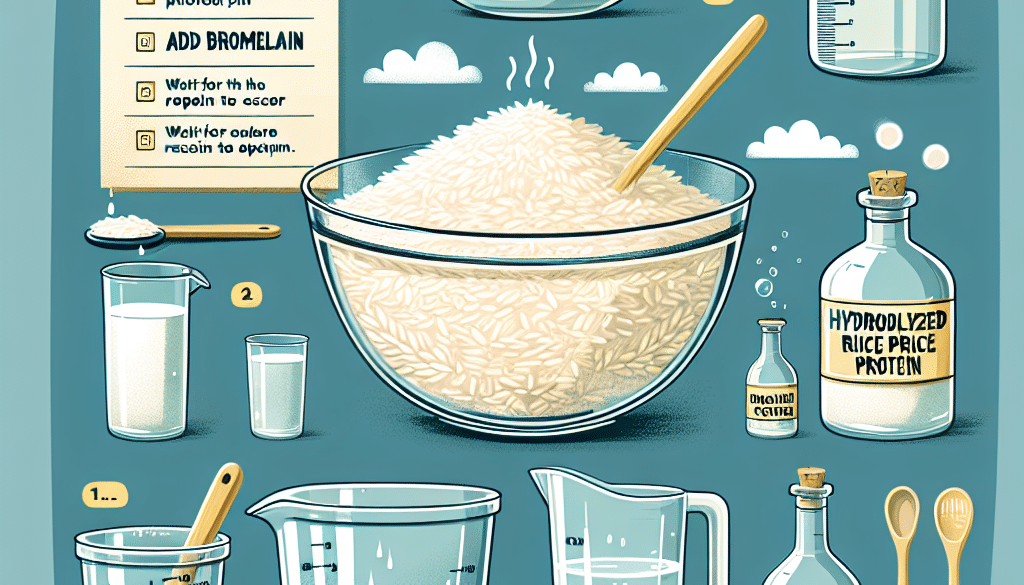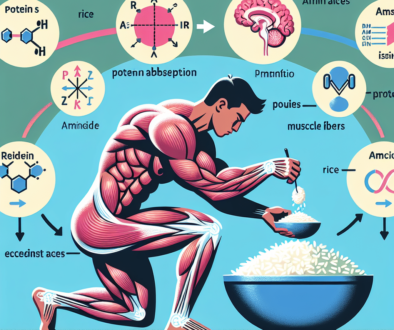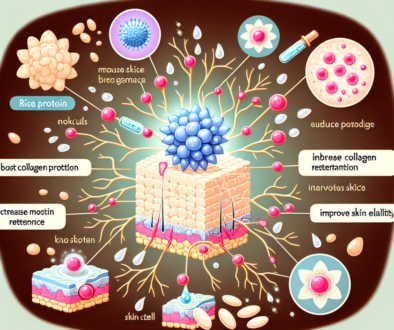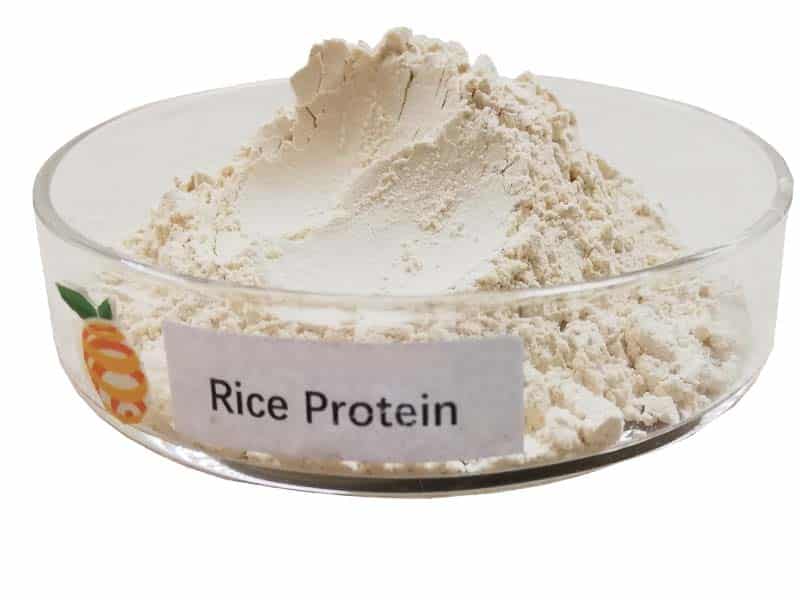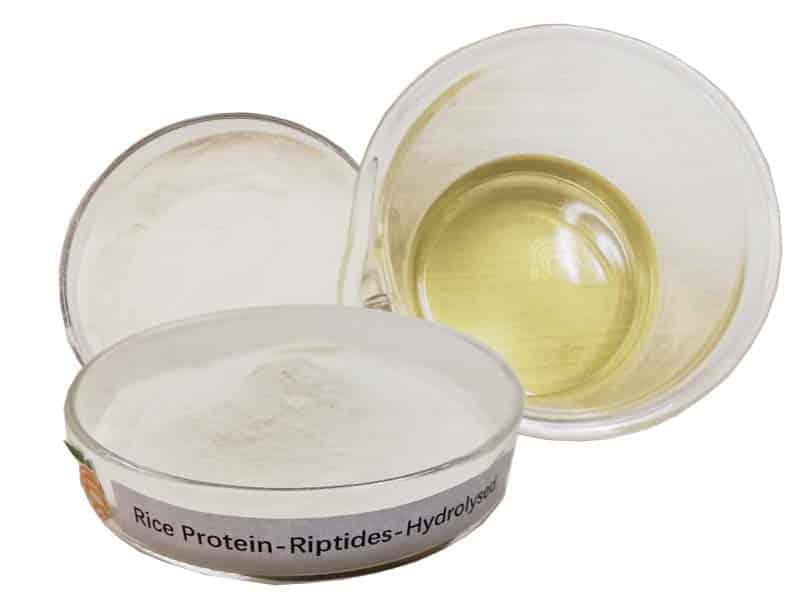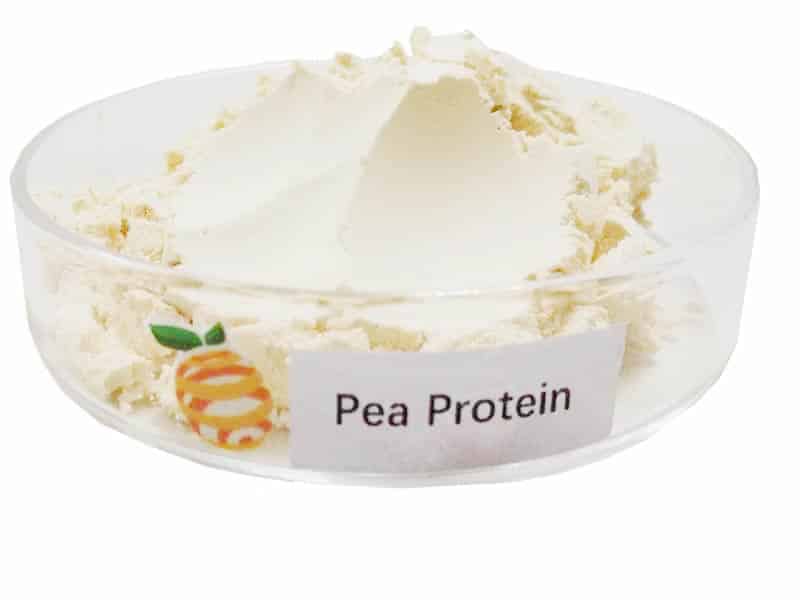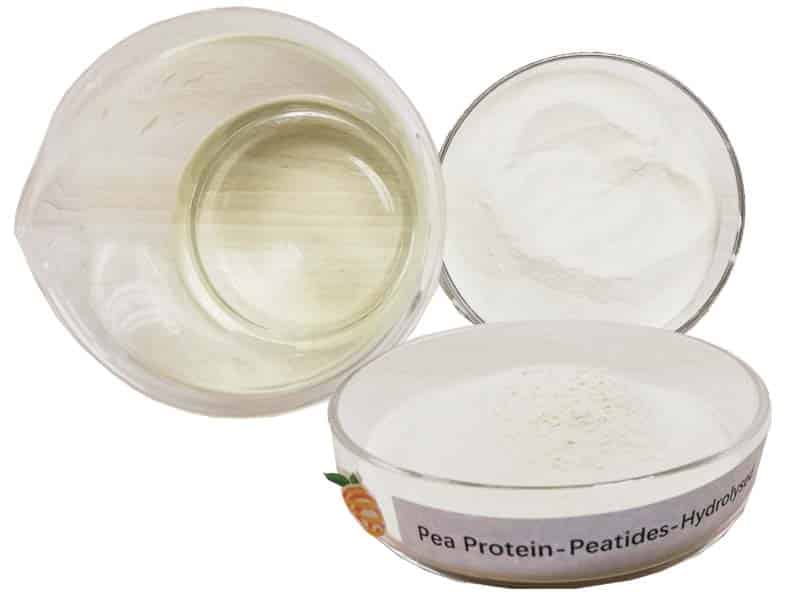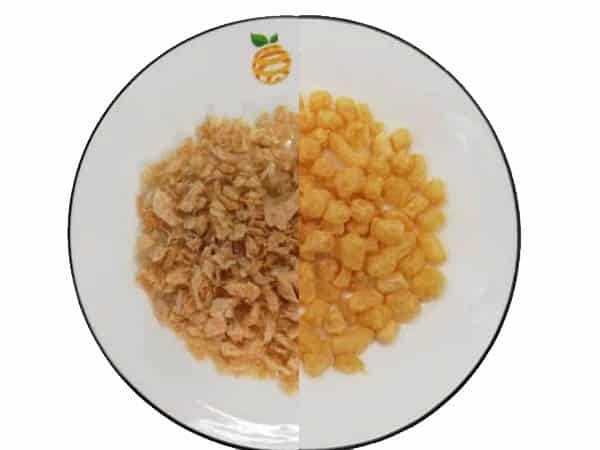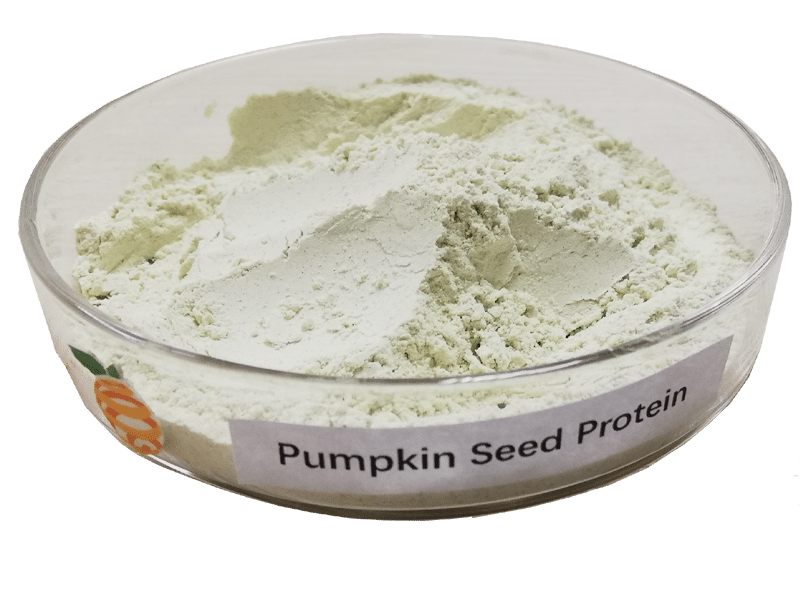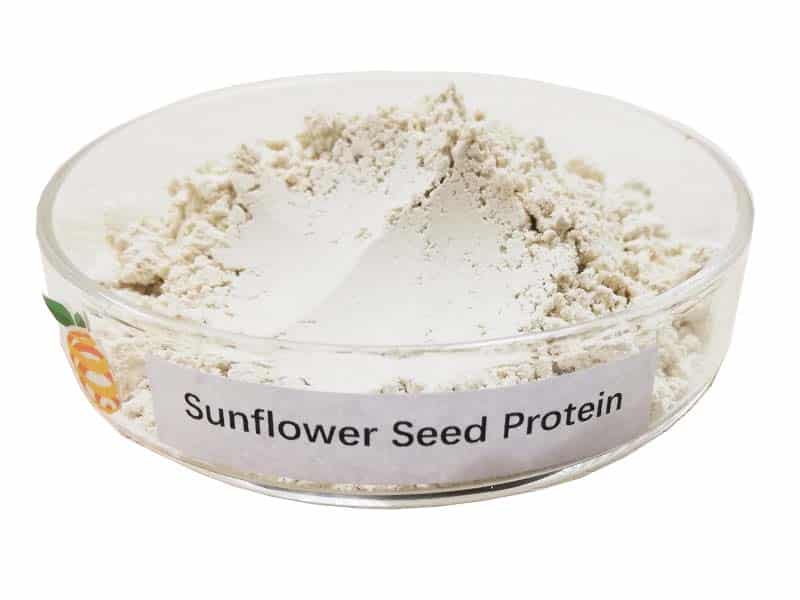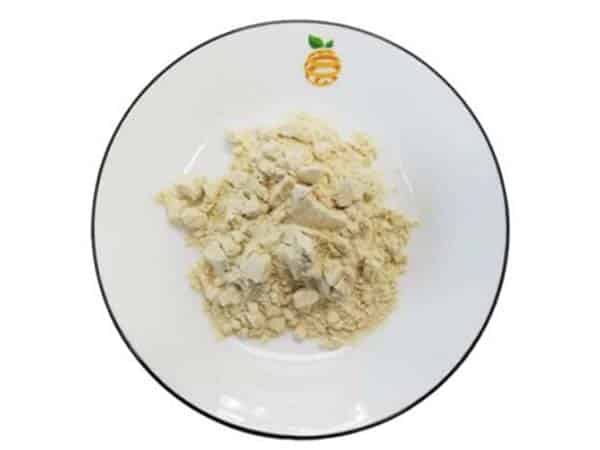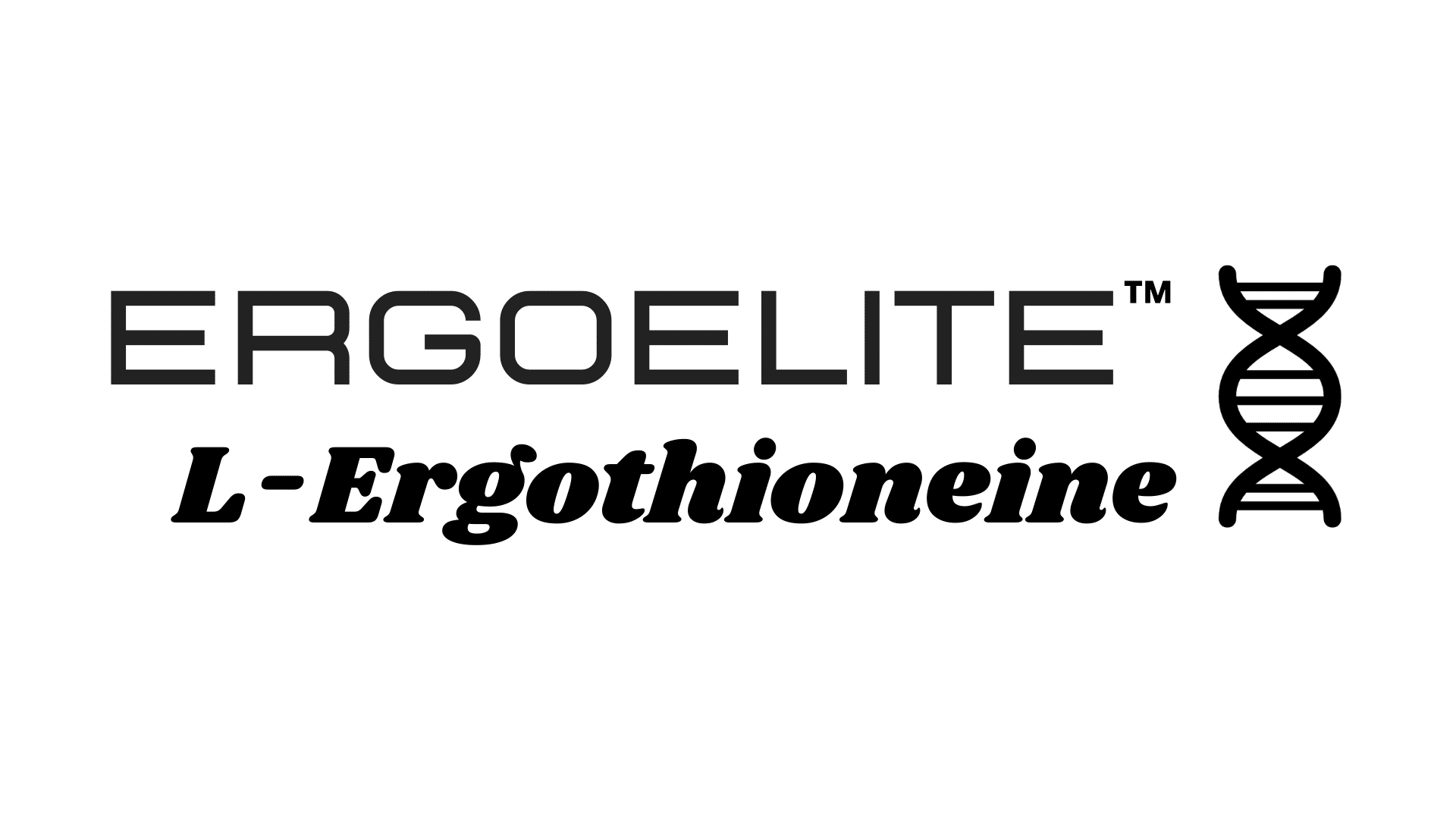Make Hydrolyzed Rice Protein at Home: DIY Guide
-
Table of Contents
- Hydrolyzed Rice Protein DIY Guide: Make Your Own at Home
- Understanding Hydrolyzed Rice Protein
- Benefits of Homemade Hydrolyzed Rice Protein
- Materials and Ingredients Needed
- Step-by-Step Process to Make Hydrolyzed Rice Protein
- Step 1: Preparing the Rice
- Step 2: Extracting the Protein
- Step 3: Enzymatic Hydrolysis
- Step 4: Deactivating the Enzymes
- Step 5: Filtration and Purification
- Step 6: Adjusting pH and Adding Preservatives
- Step 7: Storage
- Applications of Hydrolyzed Rice Protein
- Challenges and Considerations
- Conclusion: Embrace the DIY Spirit
- Discover ETprotein’s Premium Protein Products
Hydrolyzed Rice Protein DIY Guide: Make Your Own at Home
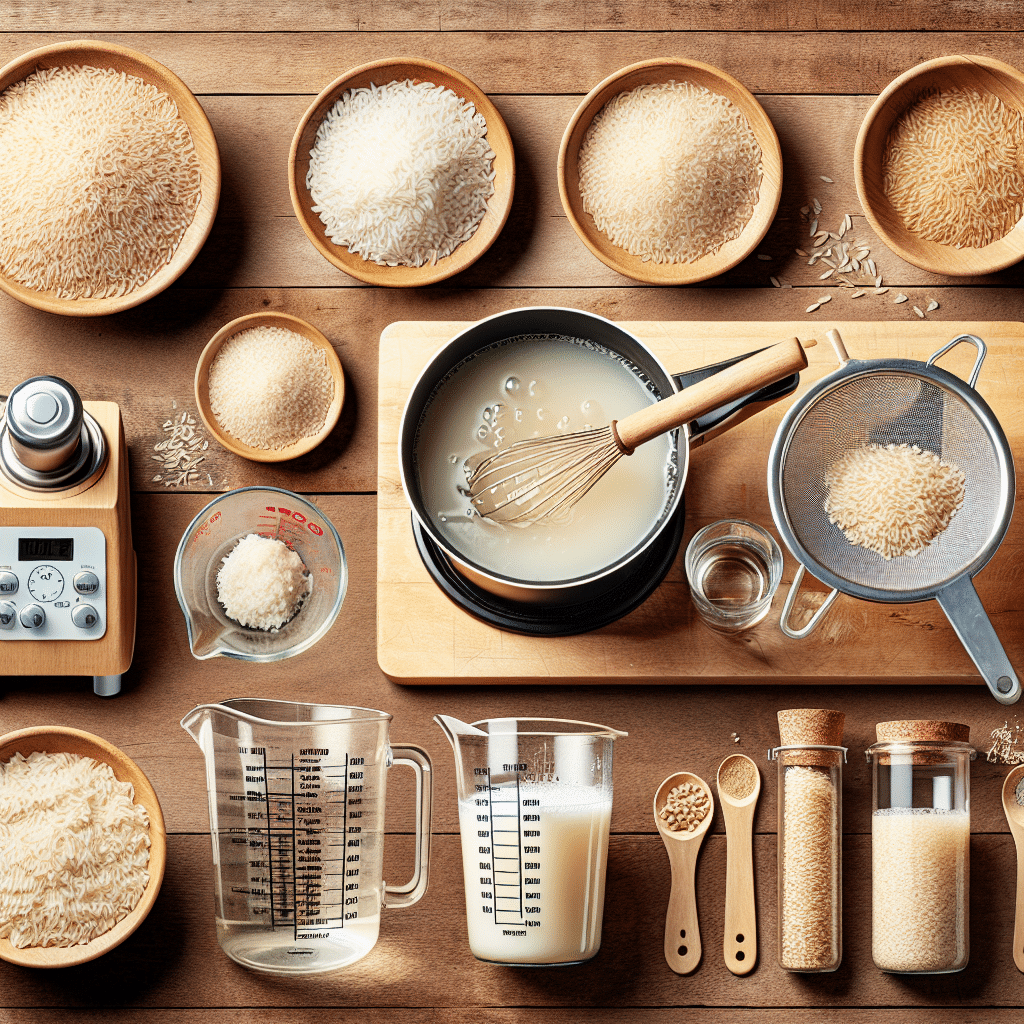
Hydrolyzed rice protein has become a popular ingredient in various health and beauty products due to its hypoallergenic nature and the rich amino acid profile it offers. It’s a fantastic alternative for those looking for non-dairy protein sources or for individuals with sensitive skin when used in cosmetic formulations. Making hydrolyzed rice protein at home can be a rewarding DIY project, allowing you to control the ingredients and customize the process to your preferences. In this comprehensive guide, we’ll explore the steps to create your own hydrolyzed rice protein and delve into its benefits and uses.
Understanding Hydrolyzed Rice Protein
Before diving into the DIY process, it’s essential to understand what hydrolyzed rice protein is and why it’s beneficial. Hydrolyzed rice protein is derived from brown, white, or whole grain rice. The protein is extracted from the rice and then enzymatically broken down into smaller components, known as peptides. This process makes the protein easier to digest and absorb, and it also imparts a milder taste and smoother texture.
- Hypoallergenic: Ideal for individuals with allergies to common protein sources like dairy, soy, or wheat.
- Plant-based: A great option for vegans and vegetarians looking to supplement their protein intake.
- Gluten-free: Safe for those with celiac disease or gluten sensitivities.
- High in amino acids: Contains essential amino acids necessary for various bodily functions.
Benefits of Homemade Hydrolyzed Rice Protein
Creating hydrolyzed rice protein at home has several advantages. You can ensure the purity of the product, avoid additives or preservatives, and potentially save money in the long run. Additionally, homemade hydrolyzed rice protein can be used in personalized skincare routines or tailored nutrition plans.
Materials and Ingredients Needed
To begin making hydrolyzed rice protein at home, you’ll need the following materials and ingredients:
- High-quality rice (brown, white, or whole grain)
- Distilled water
- pH strips or a digital pH meter
- Enzymes capable of hydrolyzing rice protein (such as protease)
- Heating source (stove or hot plate)
- Thermometer
- Strainer or cheesecloth
- pH-adjusting agents (such as citric acid or sodium hydroxide)
- Preservatives (if you plan to store the protein for an extended period)
- Containers for storage
Step-by-Step Process to Make Hydrolyzed Rice Protein
Now, let’s walk through the process of making hydrolyzed rice protein at home:
Step 1: Preparing the Rice
Begin by thoroughly washing the rice to remove any impurities. Soak the rice in distilled water for several hours or overnight to soften the grains and make the protein more accessible.
Step 2: Extracting the Protein
After soaking, blend the rice with fresh distilled water to create a smooth slurry. Heat the slurry to a temperature that’s conducive to enzyme activity (usually around 50-60°C). It’s crucial to maintain the temperature within the optimal range for the enzymes you’re using.
Step 3: Enzymatic Hydrolysis
Add the specific enzymes to the heated rice slurry and maintain the temperature. The enzymes will begin breaking down the protein into peptides. This process can take several hours, and it’s essential to monitor the pH level throughout, adjusting as necessary to maintain enzyme activity.
Step 4: Deactivating the Enzymes
Once the hydrolysis is complete, increase the temperature to deactivate the enzymes (usually above 80°C for a few minutes). This step ensures that the hydrolysis process stops at the desired level of protein breakdown.
Step 5: Filtration and Purification
Cool the mixture and then strain it through a strainer or cheesecloth to separate the liquid hydrolyzed protein from the solid rice remnants. You may need to repeat this step to achieve a clear liquid.
Step 6: Adjusting pH and Adding Preservatives
Adjust the pH of the liquid to a neutral level (around 7.0) using pH-adjusting agents. If you plan to store the hydrolyzed rice protein, add a suitable preservative to prevent microbial growth.
Step 7: Storage
Transfer the hydrolyzed rice protein into clean containers and store it in a cool, dark place. If refrigerated, it can last for several weeks or longer, depending on the preservatives used.
Applications of Hydrolyzed Rice Protein
Homemade hydrolyzed rice protein can be used in various ways:
- Nutritional Supplements: Add it to smoothies, shakes, or other beverages to boost protein intake.
- Skincare Products: Incorporate it into homemade lotions, serums, or hair care products for its moisturizing and strengthening properties.
- Cooking: Use it as a protein supplement in baking or cooking to enhance the nutritional profile of meals.
Challenges and Considerations
While making hydrolyzed rice protein at home is feasible, it’s important to consider the challenges. Ensuring the right enzymatic activity, maintaining a sterile environment, and achieving the desired level of hydrolysis can be complex. Additionally, homemade products may not have the same consistency or shelf life as commercially produced hydrolyzed rice protein.
Conclusion: Embrace the DIY Spirit
Making hydrolyzed rice protein at home can be a fulfilling endeavor for those interested in DIY projects, natural products, or plant-based nutrition. By following this guide, you can create a versatile protein supplement that caters to your specific needs and preferences.
Discover ETprotein’s Premium Protein Products
If you’re interested in high-quality protein products but prefer the convenience of pre-made options, consider exploring ETprotein’s offerings. Their extensive range of organic and plant-based proteins, including rice protein, pea protein, and more, provide excellent alternatives for various applications.
About ETprotein:
ETprotein, a reputable protein Chinese factory manufacturer and supplier, is renowned for producing, stocking, exporting, and delivering the highest quality organic bulk vegan protein and plant proteins. They include Organic rice protein, clear rice protein, pea protein, clear pea protein, pumpkin seed protein, sunflower seed protein, mung bean protein, etc. Their offerings, characterized by a neutral taste, non-GMO, allergen-free attributes, cater to a diverse range of industries. They serve nutraceutical, pharmaceutical, cosmeceutical, veterinary, as well as food and beverage finished product distributors, traders, and manufacturers across Europe, USA, Canada, Australia, Thailand, Japan, Korea, Brazil, and Chile, among others.
ETprotein specialization includes exporting and delivering tailor-made protein powder and finished nutritional supplements. Their extensive product range covers sectors like Food and Beverage, Sports Nutrition, Weight Management, Dietary Supplements, Health and Wellness Products, and Infant Formula, ensuring comprehensive solutions to meet all your protein needs.
As a trusted company by leading global food and beverage brands and Fortune 500 companies, ETprotein reinforces China’s reputation in the global arena. For more information or to sample their products, please contact them and email sales(at)ETprotein.com today.

